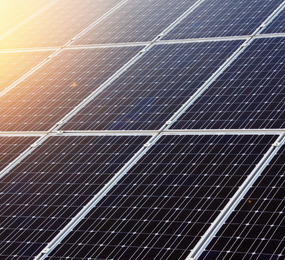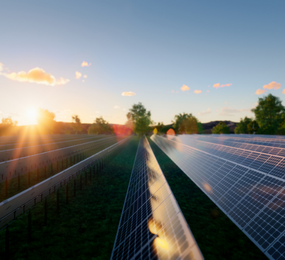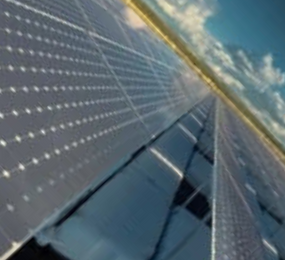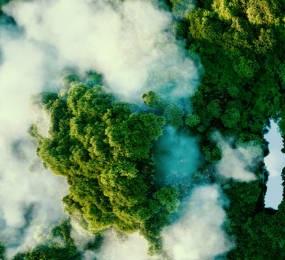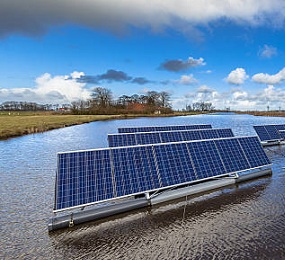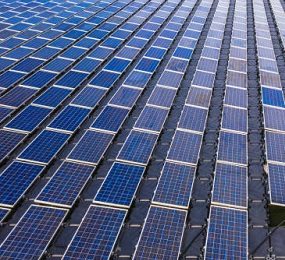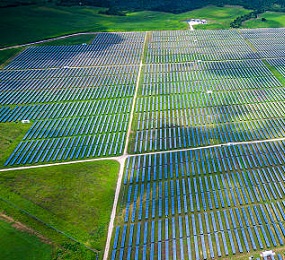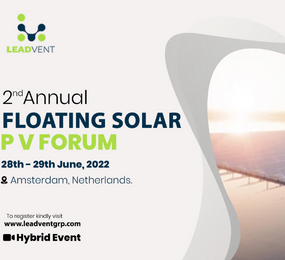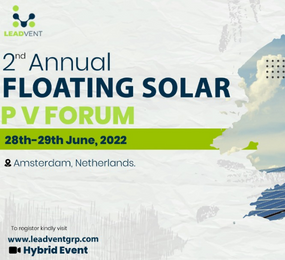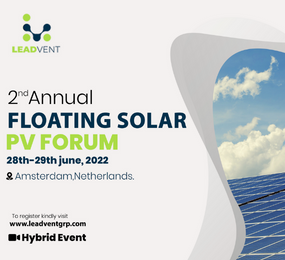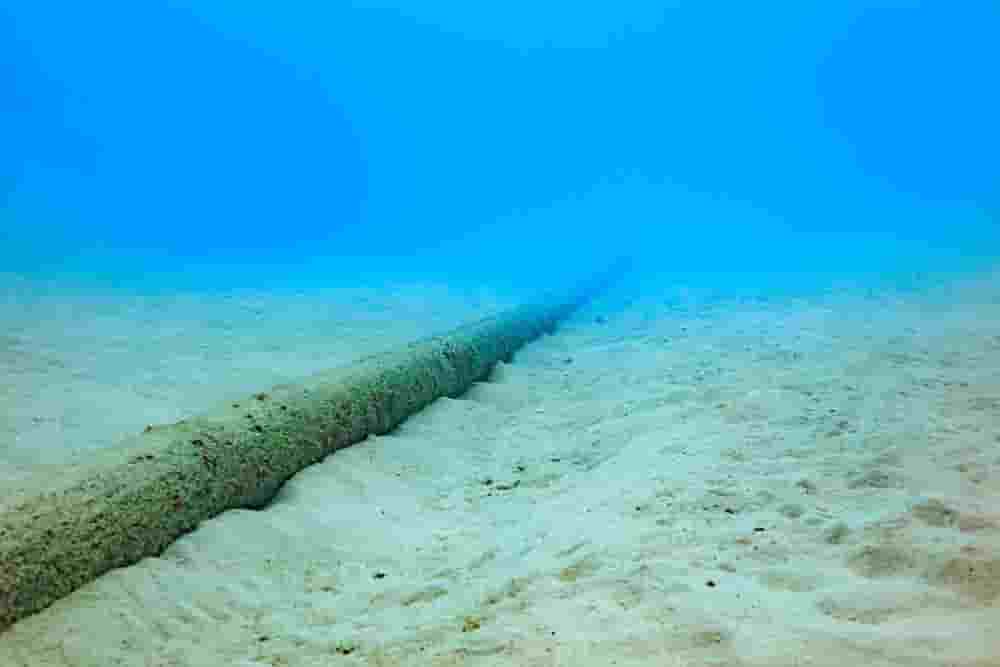Floating solar power systems are an innovative and effective way to generate clean energy. They are especially helpful in locations with abundant water surfaces but limited or expensive land. These systems are made up of floating platforms with solar panels mounted on them that are connected to the water's surface by cables and anchoring systems.
The platforms in floating solar power systems are kept in place by the mooring systems, which are made to withstand waves and currents. The mooring systems that hold the platforms in place often include numerous anchor points, ropes or chains, and connectors. The size of the platforms, water depth, and wave and current conditions all affect how many anchor points are used and where they are placed.
The mooring systems' materials must be durable enough to endure the forces of winds, waves, and currents. Steel chains or ropes, nylon ropes, and polyester ropes are the most often utilised materials. Steel chains are robust and long-lasting, but they need regular maintenance to prevent rusting. Although nylon and polyester ropes are thin and impervious to corrosion, they are more prone to straining and need to be replaced on a regular basis.
Another crucial component of the mooring systems are the connectors. They offer a safe and adaptable connection between the platforms and the ropes or chains. The connectors must be both durable enough to endure the forces of winds, waves, and currents yet flexible enough to permit platform movement. The most commonly used connectors include shackles, thimbles, and swivels.
Another key component in floating solar power systems are the connections. They transport the solar panels' generated electricity to the grid or the beach. The wires used in floating solar power systems need to be flexible, watertight, and resistant to corrosion. The hostile marine environment, which includes saltwater, humidity, and temperature swings, must also be able to tolerate them.
Specially made marine cables are the type of cable that is most frequently utilised in floating solar power systems. These cables have a waterproof and corrosion-resistant coating composed of polyethylene or polyurethane and are constructed of metals like copper, aluminium, or steel. To guard against damage from rocks and other underwater debris, they are also protected with a covering of steel or nylon.
In conclusion, cables and mooring systems are important parts of floating solar power systems. For the systems to be stable, resilient, and effective, they must be properly designed and deployed. When choosing the mooring systems and cables to utilise, producers and operators of floating solar power systems must carefully take into account the surrounding environment as well as the size and weight of the platforms. Floating solar power systems can offer a sustainable supply of clean energy while minimising the impact on land and water resources with correct installation, maintenance, and operation.
To find out more details about Floating Solar - Mooring systems and cables, join us on 27th - 28th June, 2023 for the 3rd Annual Floating Solar PV Forum, in Amsterdam Netherlands.
To register or learn more about the Forum please check here: https://bit.ly/3zVvdfN.
For more information and group participation, contact us: [email protected]


